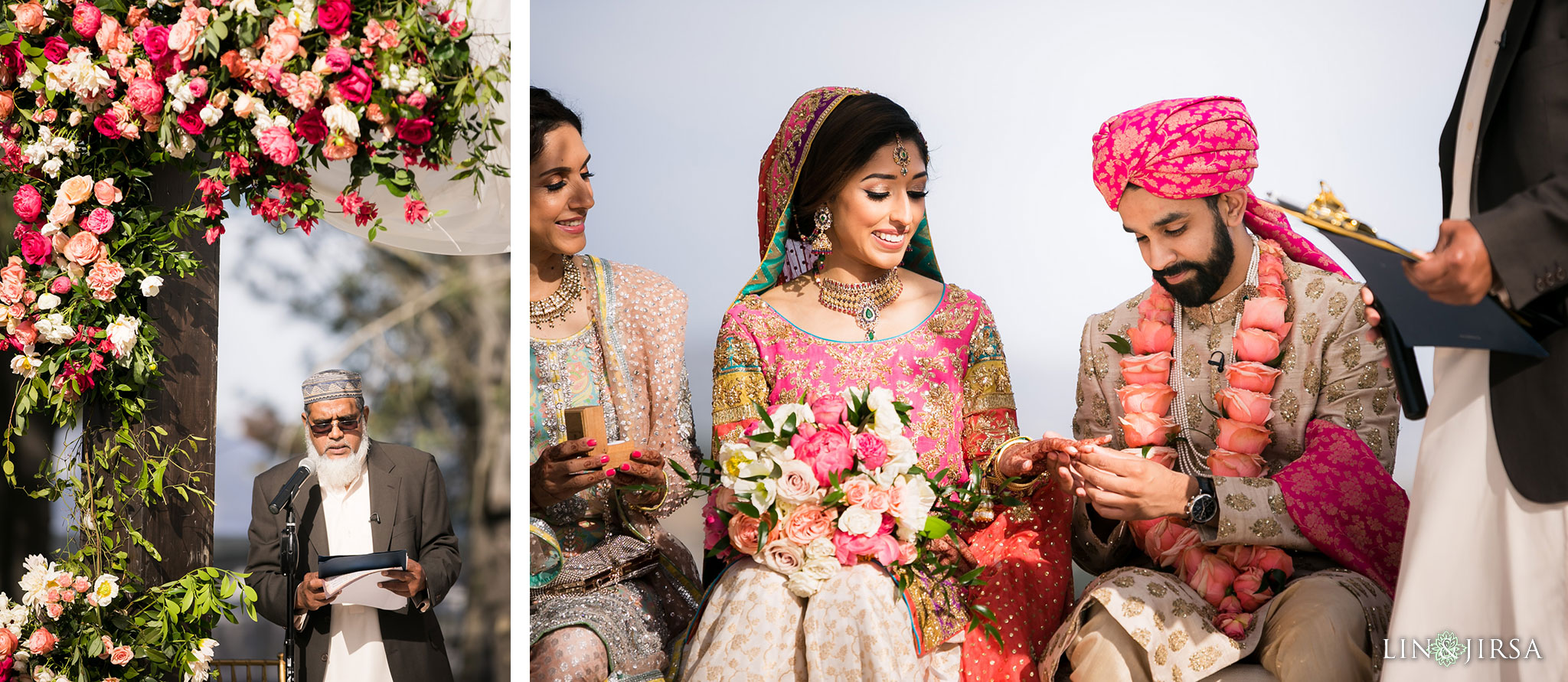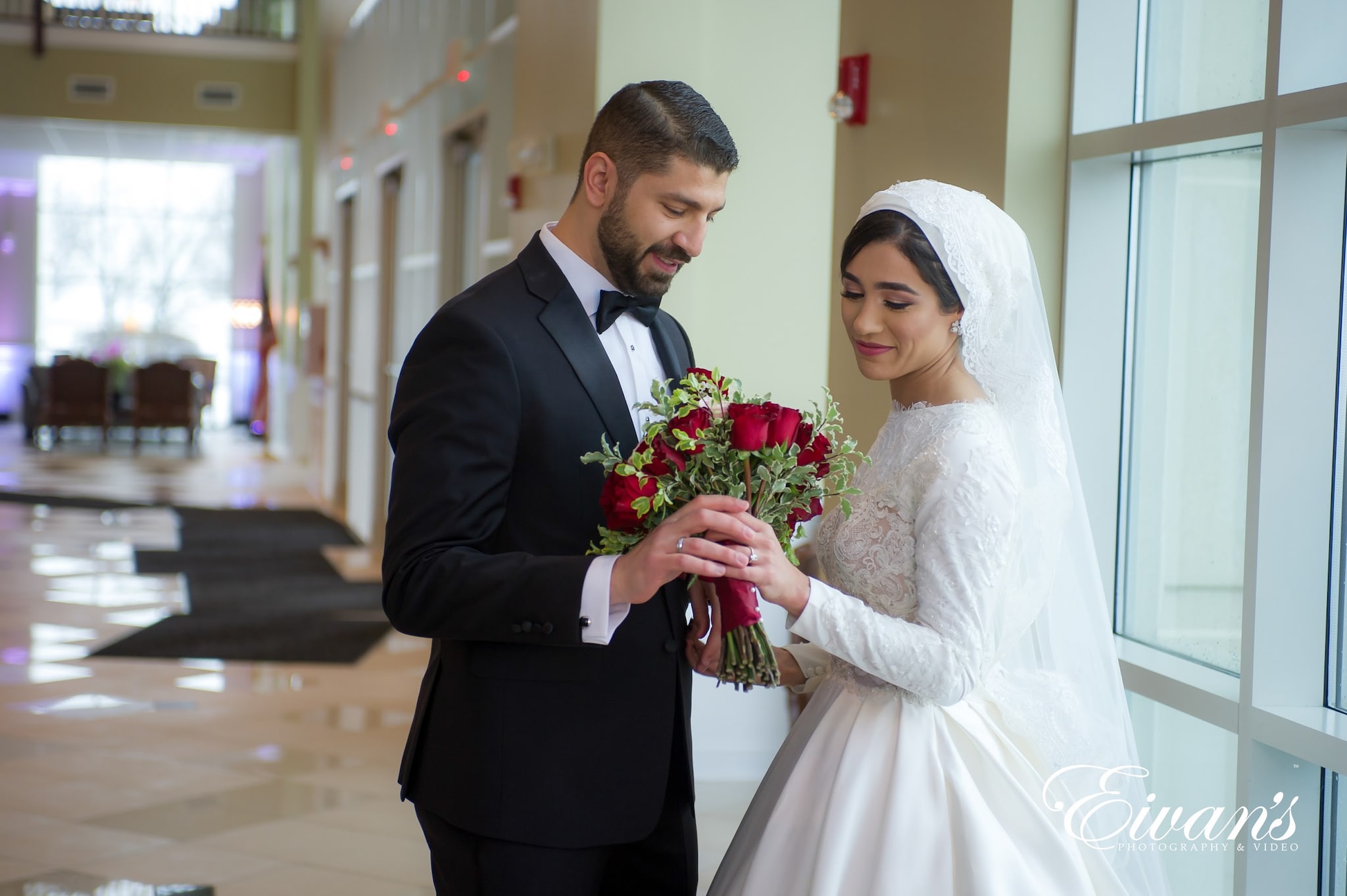Let’s talk about something truly special—muslim wedding clothes. Whether you're a bride, groom, or guest, these outfits are more than just garments; they're a reflection of identity, faith, and celebration. Imagine stepping into a wedding where everyone is dressed in vibrant colors, intricate embroidery, and fabrics that feel like royalty. That’s the magic of muslim wedding attire. So buckle up as we dive into the world of elegance, tradition, and modern twists in this fascinating realm.
Weddings are a big deal for everyone, but when it comes to Muslim weddings, the stakes are even higher. The clothes play a pivotal role in setting the tone for the day. They’re not just about looking good; they’re about honoring culture, family values, and spiritual beliefs. And hey, who doesn’t want to look stunning while celebrating one of life’s most beautiful moments?
From the bride's opulent lehenga or abaya to the groom's sharp sherwani or thobe, every piece tells a story. In this article, we’ll explore everything you need to know about muslim wedding clothes, from traditional styles to contemporary designs, tips for styling, and how to make a statement without losing sight of modesty. Let’s get started!
Read also:Motorcycle Accident Today Chicago The Latest Updates And Safety Insights
Here's a quick guide to what we’ll cover:
- The Rich History of Muslim Wedding Attire
- Traditional Muslim Wedding Clothes
- Modern Takes on Muslim Wedding Attire
- Choosing the Right Colors
- Fabrics That Matter
- Accessories to Elevate Your Look
- What About the Groom?
- Dressing as a Guest
- Tips for Shopping Muslim Wedding Clothes
- Wrapping It Up
The Rich History of Muslim Wedding Clothes
Muslim wedding clothes have a deep-rooted history that dates back centuries. Each region within the Muslim world has its own unique style, influenced by local traditions, climate, and cultural practices. For example, South Asian weddings often feature heavily embroidered lehengas and sarees, while Middle Eastern weddings lean towards sleek abayas and kaftans. It’s like a fashion melting pot, where each culture adds its own flair.
Back in the day, muslim wedding clothes were handmade by skilled artisans who spent months crafting intricate patterns and designs. These outfits weren’t just about aesthetics; they symbolized wealth, status, and respect for tradition. Families would save up for years to ensure their loved ones looked impeccable on their special day.
And let’s not forget the significance of modesty. While western fashion trends prioritize showing off, muslim wedding clothes strike a perfect balance between elegance and modesty. This blend makes them timeless and relevant across generations.
How Traditions Evolved Over Time
As globalization took over, muslim wedding clothes began to incorporate modern elements. Designers started experimenting with cuts, fabrics, and colors, giving rise to fusion styles that appeal to younger audiences. However, the core essence of tradition remains intact, ensuring that these outfits continue to honor their roots.
Traditional Muslim Wedding Clothes
Let’s take a closer look at some of the most iconic traditional muslim wedding clothes from around the world. Each piece carries its own charm and significance, making it a must-know for anyone diving into this vibrant culture.
Read also:Matt Ryan Tobin The Rise Of A Multifaceted Talent
South Asian Bridal Wear
South Asian brides are known for their jaw-dropping lehengas, sarees, and anarkalis. These outfits are usually adorned with gold embroidery, sequins, and precious stones. A typical bridal lehenga consists of three parts: the skirt (lehenga), the top (choli), and the dupatta (scarf). The colors range from classic reds and maroons to bold hues like gold and emerald green.
On the other hand, grooms wear sherwanis paired with embroidered jackets and turbans. Some opt for kurta pajama sets with matching accessories. The level of detail in these outfits is nothing short of breathtaking.
Middle Eastern Bridal Wear
In the Middle East, brides often choose abayas or kaftans for their wedding day. These garments are designed to be both modest and luxurious, featuring delicate beadwork and lace accents. The color palette tends to lean towards whites, creams, and pastels, although gold accents are always a favorite.
Grooms, meanwhile, wear thobes—long white robes accompanied by kaffiyehs (headscarves). Depending on the region, they might accessorize with belts, sashes, or even swords for added flair.
Modern Takes on Muslim Wedding Attire
Fast forward to today, and you’ll see a whole new wave of muslim wedding clothes emerging. Designers are reimagining traditional silhouettes with contemporary twists, appealing to brides and grooms who want to make a statement. Think fusion lehengas with western-inspired cuts, or minimalist kaftans with bold color blocking.
One trend that’s gaining popularity is the concept of “bridal separates.” Instead of wearing a single outfit for the entire event, brides can switch between different looks throughout the day. This allows them to experiment with various styles while keeping the focus on comfort and convenience.
Key Features of Modern Muslim Wedding Clothes
- Innovative cuts and silhouettes
- Use of unconventional fabrics like chiffon and silk blends
- Minimalist designs with statement accessories
- Fusion of traditional and western elements
Choosing the Right Colors
Color plays a crucial role in muslim wedding clothes. While red remains a staple in many cultures, modern brides are branching out to explore new options. Shades like blush pink, navy blue, and royal purple are becoming increasingly popular, offering a fresh take on traditional palettes.
For grooms, neutral tones like black, navy, and beige are timeless choices. However, don’t be afraid to add a pop of color through accessories like ties, pocket squares, or embroidered details.
Color Symbolism in Muslim Weddings
Colors hold deep meanings in muslim weddings. Red symbolizes love and prosperity, gold represents wealth and success, and white signifies purity and innocence. Understanding these associations can help you make informed decisions when selecting your wedding attire.
Fabrics That Matter
When it comes to muslim wedding clothes, the fabric matters just as much as the design. High-quality materials not only enhance the overall look but also ensure comfort during long ceremonies. Popular choices include:
- Silk: Luxurious and smooth, perfect for formal occasions
- Chiffon: Lightweight and flowy, ideal for summer weddings
- Cotton: Breathable and comfortable, great for casual events
- Brocade: Rich and textured, suitable for grand celebrations
It’s essential to consider the weather and setting of your wedding when choosing fabrics. For instance, heavy brocades might not be the best option for outdoor ceremonies in hot climates.
Accessories to Elevate Your Look
No outfit is complete without accessories. Muslim wedding clothes are often paired with elaborate jewelry, footwear, and headpieces to create a cohesive and stunning ensemble. Brides might opt for gold or diamond jewelry, while grooms can accessorize with pocket watches or cufflinks.
For guests, choosing the right accessories can make all the difference. A beautiful clutch, statement earrings, or a stylish hijab pin can elevate your look effortlessly.
Popular Accessories for Muslim Weddings
- Jewelry: Necklaces, bangles, rings, and earrings
- Footwear: Heels, flats, or traditional sandals
- Hair Accessories: Headbands, hairpins, or veils
- Hijab Pins: Functional and fashionable
What About the Groom?
While much of the spotlight is on the bride, grooms deserve equal attention when it comes to styling. Muslim wedding clothes for men are all about sophistication and elegance. From sharp sherwanis to classic thobes, there’s no shortage of options to choose from.
One important tip for grooms is to coordinate with the bride’s outfit without overshadowing it. This can be achieved through complementary colors, patterns, or accessories. Remember, it’s not just about looking good; it’s about creating a harmonious and memorable experience together.
Modern Groom Trends
Modern grooms are embracing bold colors, unique patterns, and innovative designs. Some even incorporate western elements like suits or blazers into their ensembles. Whatever your style, there’s a muslim wedding outfit waiting for you.
Dressing as a Guest
As a wedding guest, your attire should respect the cultural and religious significance of the event. Opt for modest yet stylish outfits that align with the theme of the wedding. For women, this could mean wearing a maxi dress, abaya, or saree. Men can choose between suits, kurtas, or thobes depending on the setting.
Remember, the goal is to celebrate the couple’s special day without drawing unnecessary attention to yourself. Stick to muted colors and avoid overly revealing clothing to show respect for the occasion.
Tips for Guests
- Check the dress code before attending
- Choose outfits that reflect modesty and elegance
- Avoid wearing white unless specified otherwise
- Coordinate with the wedding theme if possible
Tips for Shopping Muslim Wedding Clothes
Finding the perfect muslim wedding clothes can be overwhelming, especially with so many options available. Here are a few tips to make your shopping experience smoother:
- Start early to avoid last-minute stress
- Set a budget and stick to it
- Visit both physical stores and online platforms
- Look for customer reviews and ratings
- Don’t forget to try on before purchasing
Additionally, consider investing in high-quality pieces that can be reused for future events. This way, you’ll save money in the long run while still looking fabulous.
Wrapping It Up
Muslim wedding clothes are more than just garments; they’re a celebration of culture, tradition, and individuality. Whether you’re a bride, groom, or guest, there’s something out there for everyone. By understanding the history, trends, and tips we’ve discussed, you’ll be well-equipped to make informed decisions when it comes to your big day.
So, what are you waiting for? Start exploring the world of muslim wedding clothes today and create memories that will last a lifetime. Don’t forget to leave a comment below sharing your favorite style or tip. And if you liked this article, be sure to check out our other guides on all things fashion and weddings!


